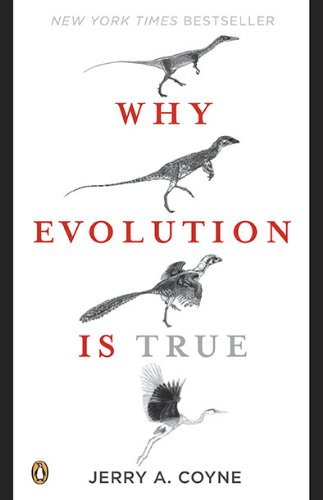Seeing How Species Arise is Similar to Understanding Star Evolution
The way we discovered how species arise resembles the way astronomers discovered how stars “evolve” over time. Both processes occur too slowly for us to see them happening over our lifetime. But we can still understand how they work by finding snapshots of the process at different evolutionary stages and putting these snapshots together into a conceptual movie. For stars, astronomers saw dispersed clouds of matter (“star nurseries”) in galaxies. Elsewhere they saw those clouds condensing into protostars. And in other places they saw protostars becoming full stars, condensing further and then generating light as their core temperature became high enough to fuse hydrogen atoms into helium. Other stars were large “red giants” like Betelgeuse; some showed signs of throwing off their outer layers into space; and others still were small, dense white dwarfs. By assembling all these stages into a logical sequence, based on what we know of their physical and chemical structure and behavior, we’ve been able to piece together how stars form, persist, and die. From this picture of stellar evolution, we can make predictions. We know, for example, that stars about the size of our Sun shine steadily for about ten billion years before bulging out to form red giants. Since the Sun is about . billion years old, we know that we’re roughly halfway through our tenure as a planet before we’ll finally be swallowed up by the Sun’s expansion.
And so it is with speciation. We see geographically isolated populations running the gamut from those showing no reproductive isolation, through those having increasing degrees of reproductive isolation (as the populations become isolated for longer periods), and, finally, complete speciation. We see young species, descended from a common ancestor, on either side of geographic barriers like rivers or the Isthmus of Panama, and on different islands of an archipelago. Putting all this together, we conclude that isolated populations diverge, and that when that divergence has gone on for a sufficiently long time, reproductive barriers develop as a by-product of evolution.
Notes:
Just as astronomers search the skies for stars in varying stages of life, biologists look for species in varying degrees development.
Folksonomies: biology astronomy observation species
Taxonomies:
/science/medicine/genetics (0.535045)
/science/biology/zoology/endangered species (0.521629)
/technology and computing/consumer electronics/camera and photo equipment/telescopes (0.516389)
Keywords:
geographically isolated populations (0.979799 (negative:-0.320670)), reproductive isolation (0.961739 (negative:-0.445690)), dense white dwarfs (0.955372 (positive:0.327405)), different evolutionary stages (0.945122 (neutral:0.000000)), sufficiently long time (0.903584 (neutral:0.000000)), stars (0.785517 (positive:0.357201)), Species Arise (0.737102 (neutral:0.000000)), degrees development (0.720105 (neutral:0.000000)), conceptual movie (0.716414 (negative:-0.463518)), complete speciation (0.707440 (negative:-0.237556)), Star Evolution (0.703190 (neutral:0.000000)), outer layers (0.698264 (negative:-0.541044)), hydrogen atoms (0.697513 (neutral:0.000000)), roughly halfway (0.695044 (negative:-0.758794)), star nurseries (0.693054 (neutral:0.000000)), logical sequence (0.692556 (neutral:0.000000)), core temperature (0.688786 (neutral:0.000000)), red giants (0.684813 (neutral:0.000000)), stellar evolution (0.680078 (positive:0.593127)), longer periods (0.669888 (negative:-0.324000)), different islands (0.665799 (neutral:0.000000)), young species (0.665004 (neutral:0.000000)), geographic barriers (0.663431 (negative:-0.222319)), astronomers (0.630597 (negative:-0.249426)), Sun (0.556765 (positive:0.392404)), clouds (0.529928 (negative:-0.411339)), snapshots (0.521017 (negative:-0.548379)), protostars (0.519282 (negative:-0.573252)), biologists (0.465730 (neutral:0.000000)), by-product (0.464811 (negative:-0.365500))
Entities:
giants.:Organization (0.788296 (negative:-0.539732)), Panama:City (0.447873 (neutral:0.000000)), Betelgeuse:Person (0.443768 (neutral:0.000000)), ten billion years:Quantity (0.443768 (neutral:0.000000)), billion years:Quantity (0.443768 (neutral:0.000000))
Concepts:
Sun (0.944174): dbpedia | freebase | opencyc
Star (0.930799): dbpedia | freebase | opencyc
Evolution (0.717766): dbpedia | freebase | opencyc
White dwarf (0.696813): dbpedia | freebase
Stellar evolution (0.678871): dbpedia | freebase
Supernova (0.677856): dbpedia | freebase | opencyc
Main sequence (0.668858): dbpedia | freebase | yago
Planetary nebula (0.583896): dbpedia | freebase | opencyc





